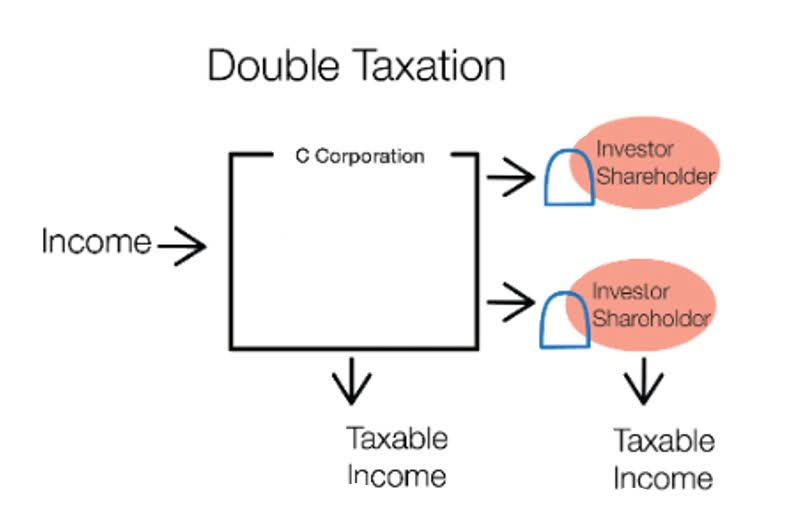
These platforms can handle complex what is a trade discount discount structures, track historical discount data, and integrate with other financial systems to provide a comprehensive view of a company’s financial health. By leveraging such tools, businesses can streamline their discount management processes and focus on strategic decision-making. Let us understand the key differences between trade discount rates and cash discounts through the head-to-head comparison below. The final objective of every organization is to increase sales revenue, and the trade discount is the primary tool to achieve it.
Quantity Discounts

It should be noted that a ledger account has been opened for cash discounts, in this case it is referred to as discounts allowed and is an expense to the business. In the accounting records of the seller the bookkeeping entry to record the cash discount would then be as follows. A trade discount is given at the same rate to all customers and depends on the quantity/amount purchased. It encourages the buyer of the goods to make payment at the earliest in order to avail cash discount, and so he will have to pay a lesser sum, than the sum actually due to him.

How to Get a Trade Account for Interior Design

By following these steps, businesses can effectively encourage bulk purchases, resulting in increased sales and customer loyalty. Have adjusting entries you ever been confused about what exactly a trade discount is and how it works? In the complex world of business and finance, understanding trade discounts is crucial to making informed decisions. This article will break down the concept of trade discounts in simple terms, so that you can make the most out of your business transactions. Trade discounts are predetermined and based on quantity or value, expressed as a percentage of the list price.

E-Commerce Post-Purchase Experience: Enhancing Customer Satisfaction
This is done due to business consideration such as trade practices, large quantity orders, etc. Since a trade discount is deducted before any exchange takes place, it is not part of an accounting transaction that would give rise to a journal entry into the accounting records of an entity. Trade discounts are not reflected in the accounting system of both the seller Oil And Gas Accounting and the buyer. In the U.S., trade discounts are generally not considered taxable income because they reduce the selling price rather than being a separate income stream. However, it’s essential to consult a tax professional to ensure compliance with local regulations. The formula to calculate the trade discount rate is discussed below.
- Purchases in the books of the buyer is also recorded at net of the trade discount.
- Seasonal discounts are a strategic tool for balancing supply and demand, ensuring that businesses can maintain a healthy turnover of goods throughout the year.
- These discounts, often a certain percentage off the total invoice, provide a win-win situation where businesses improve their cash flow and customers save money.
- However, merchants may choose to pass this discount on to the end customer while still maintaining their usual profit margin, resulting in cheaper prices for end customers.
- Note that trade discounts are different from early-payment discounts.
- Trade discount is provided to persuade buyers to make larger orders, while cash discounts are early payment discounts that act as an incentive for them to pay promptly.
- These discounts are typically negotiated between the seller and the buyer and are not publicly advertised.
- Let’s assume that 100 keyboards are sold for the list price of 300 each with a trade discount of 10%.
- Businesses offer trade discounts to not only reduce their inventory costs but also motivate customers to make more purchases.
- Providers also offer student discounts as means of offering a product within the budget of a student, which would otherwise be too expensive, thus gaining extra sales.
For example, if the MSRP on a Green Widget is $5 and a reseller purchases 100, it might get a $1 discount per unit. That discount might rise to $1.50 per unit at 500 units or $2 at 1000 units. The ability to produce in bulk means manufacturers can buy components in bulk to keep costs lower. Cumulative quantity discounts, also called accumulation discounts, are price reductions based on the quantity purchased over a set period of time. The seller’s expectation is that they will impose an implied switching cost and thereby bond the purchaser to the seller.

